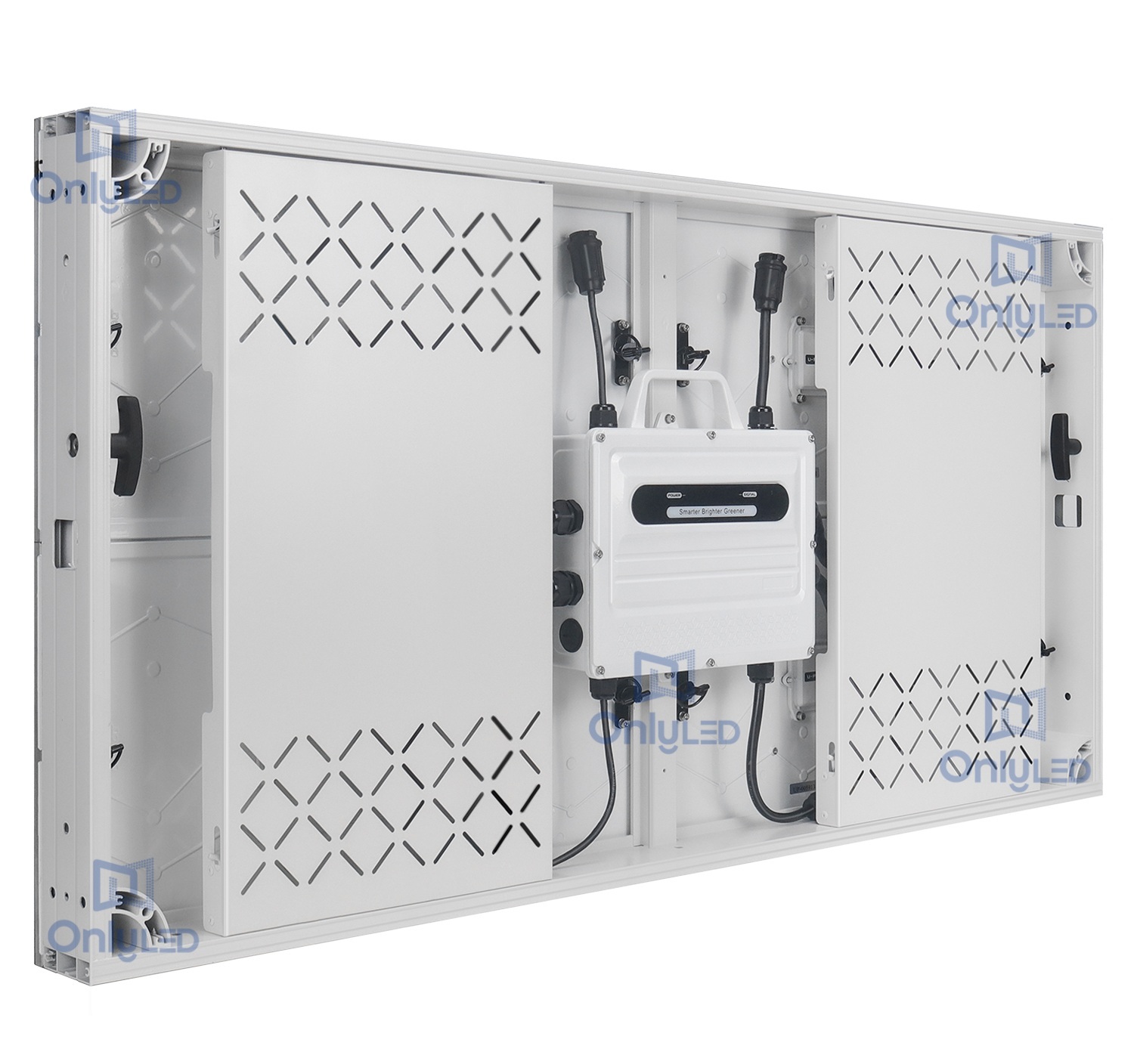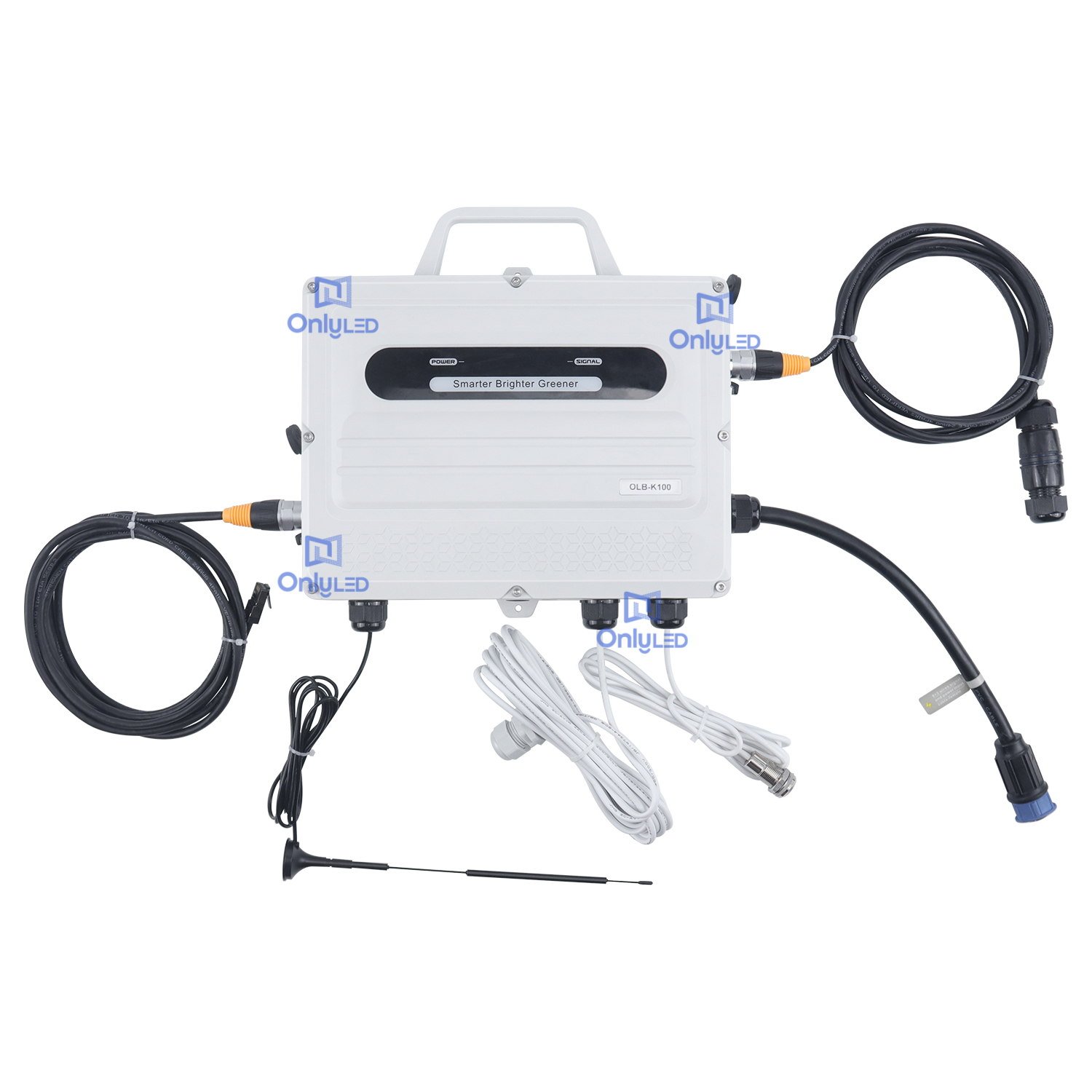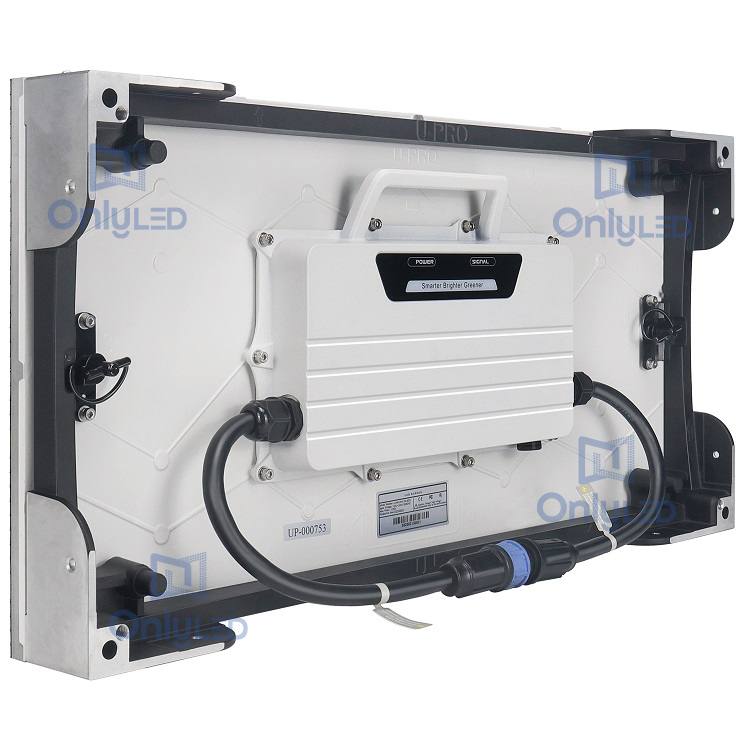Industry News
A Detailed Guide for LED Display Installation

LED indoor full-color displays are increasingly being used for various purposes, from advertising to information dissemination. However, installing these displays requires careful planning and execution. In this article, we will provide you with a step-by-step guide on how to properly install an LED indoor full-color display.
1. Pre-installation Preparation
Before the actual installation process, it is crucial to conduct thorough pre-installation preparation.
Firstly, ensure that you have the necessary tools and equipment, including power drills, screwdrivers, and measuring tapes. Familiarize yourself with the user manual provided by the manufacturer to understand the specific requirements for your LED display installation.
Next, measure the dimensions of the installation area to determine the suitable display size that will fit the available space. Consider factors such as viewing distance and the positioning of the display for optimal visibility.
2. Mounting the Display
Properly mounting the LED display is essential to ensure stability and longevity.
Start by marking the mounting points on the wall or structure where the display will be installed. Use a level to ensure accurate placement. If necessary, consult an electrician or an engineer to assess the structural integrity of the installation area.
Once the mounting points are marked, drill holes according to the specifications provided by the manufacturer. Attach the mounting brackets securely to the wall, ensuring that they can support the weight and size of the LED display. Use appropriate screws and anchors to enhance stability.
Then, carefully lift the LED display and align it with the mounting brackets. Ensure that it is level and secure it in place using the provided fasteners or screws. Take extra care not to damage the display during this step.
3. Connecting and Testing
After the LED display is securely mounted, the next step is to connect and test the display's functions.
Connect the necessary cables, including power cables and data cables, following the manufacturer's instructions. Ensure that all connections are secure to avoid any malfunction or damage to the display.
Once the connections are made, switch on the display and test its functions. Verify that all pixels are working correctly and that the display produces vibrant and accurate colors. Adjust the brightness and contrast settings as required.
Additionally, check the display from various angles and distances to ensure optimal visibility for the intended audience.
Conclusion
In conclusion, installing an LED indoor full-color display involves careful planning, proper mounting, and thorough testing. By following this step-by-step guide, you can ensure a successful and visually appealing installation. Remember to reference the user manual provided by the manufacturer and seek professional assistance if needed.




